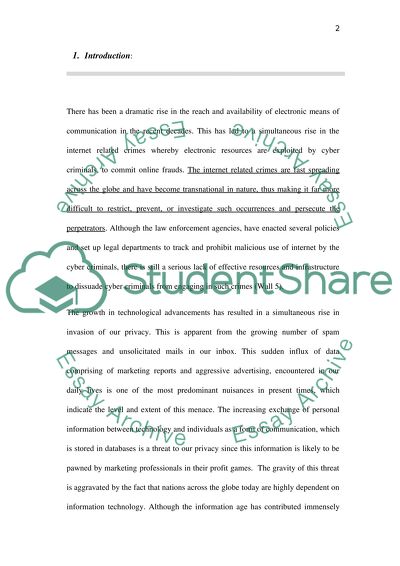Cite this document
(“Cybercrime and Privacy Research Paper Example | Topics and Well Written Essays - 2250 words”, n.d.)
Retrieved from https://studentshare.org/english/1399653-cybercrime-and-privacy
Retrieved from https://studentshare.org/english/1399653-cybercrime-and-privacy
(Cybercrime and Privacy Research Paper Example | Topics and Well Written Essays - 2250 Words)
https://studentshare.org/english/1399653-cybercrime-and-privacy.
https://studentshare.org/english/1399653-cybercrime-and-privacy.
“Cybercrime and Privacy Research Paper Example | Topics and Well Written Essays - 2250 Words”, n.d. https://studentshare.org/english/1399653-cybercrime-and-privacy.


